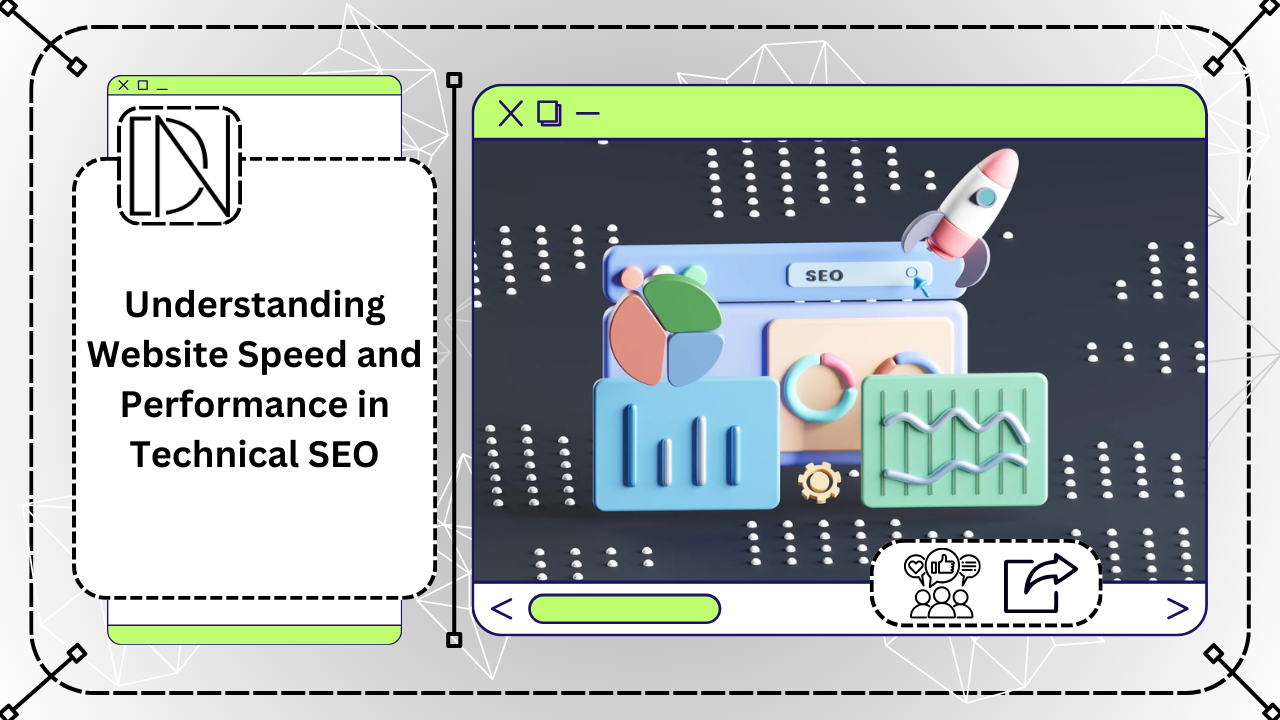When it comes to optimizing a website for search engines, there are various factors to consider. One important aspect is website speed and performance. In the realm of technical SEO, website speed plays a crucial role in determining the overall user experience and search engine rankings. In this article, we will explore what website speed and performance mean in the context of technical SEO and why it matters.

What is Website Speed?
Website speed refers to how quickly a website loads and renders its content. It is the time it takes for a web page to fully load and become interactive for the user. A fast-loading website provides a seamless browsing experience, while a slow-loading site can frustrate users and lead to higher bounce rates.
Why Does Website Speed Matter?
Website speed is not only important for user experience but also for search engine optimization. Search engines like Google consider website speed as a ranking factor. A slow-loading website may be penalized in search engine rankings, resulting in lower visibility and organic traffic.
Moreover, user expectations have evolved, and people now expect websites to load quickly. Studies have shown that a delay of just a few seconds in page load time can significantly impact user satisfaction and conversion rates. In today’s fast-paced digital world, a slow website can lead to lost opportunities and revenue.
Factors Affecting Website Speed and Performance
Several factors can impact website speed and performance. Let’s take a closer look at some of the key elements:
1. Server Response Time
The time it takes for a server to respond to a user’s request plays a crucial role in website speed. Factors such as server location, server configuration, and server load can affect the response time. Optimizing server response time involves choosing a reliable hosting provider, using a content delivery network (CDN), and implementing caching techniques.
2. Page Size and Content
The size of a web page and its content, including images, videos, and scripts, can impact loading speed. Optimizing page size involves compressing images, minifying CSS and JavaScript files, and reducing unnecessary code. Using lazy loading techniques can also improve website performance by loading content as it becomes visible to the user.
3. Browser Caching
Browser caching allows web browsers to store certain elements of a website, such as images and CSS files, locally. When a user revisits the website, the browser can retrieve these elements from the cache instead of downloading them again, resulting in faster load times. Implementing browser caching involves setting appropriate cache headers and leveraging caching plugins or server configurations.
4. Mobile Optimization
In today’s mobile-first world, optimizing websites for mobile devices is crucial. Mobile optimization includes using responsive design, optimizing images for mobile, and reducing unnecessary elements that can slow down the site. Google’s mobile-first indexing also prioritizes mobile-friendly websites in search rankings.
How to Improve Website Speed and Performance
Now that we understand the importance of website speed and the factors that affect it, let’s explore some strategies to improve website speed and performance:
1. Optimize Images
Compress and resize images to reduce their file size without sacrificing quality. Use image formats that are suitable for the web, such as JPEG or PNG, and consider using lazy loading techniques for images below the fold.
2. Minify CSS and JavaScript
Minify CSS and JavaScript files by removing unnecessary characters, whitespace, and comments. This reduces file sizes and improves load times. Additionally, consider combining multiple CSS and JavaScript files into a single file to minimize HTTP requests.
3. Enable Browser Caching
Set appropriate cache headers to leverage browser caching. This allows returning visitors to load your website faster by retrieving cached elements from their browsers.
4. Use a Content Delivery Network (CDN)
A CDN helps distribute your website’s content across multiple servers worldwide, reducing the geographical distance between the user and the server. This can significantly improve website speed, especially for users located far from your server’s location.
5. Regularly Monitor and Optimize
Regularly monitor your website’s speed and performance using tools like Google PageSpeed Insights or GTmetrix. Identify areas for improvement and optimize accordingly. Keep an eye on server response times, page load times, and overall website performance.
Conclusion
Website speed and performance are crucial elements of technical SEO. A fast-loading website not only provides a better user experience but also helps in achieving higher search engine rankings. By understanding the factors that affect website speed and implementing optimization strategies, website owners can improve their website’s performance and reap the benefits of increased visibility and user satisfaction.





